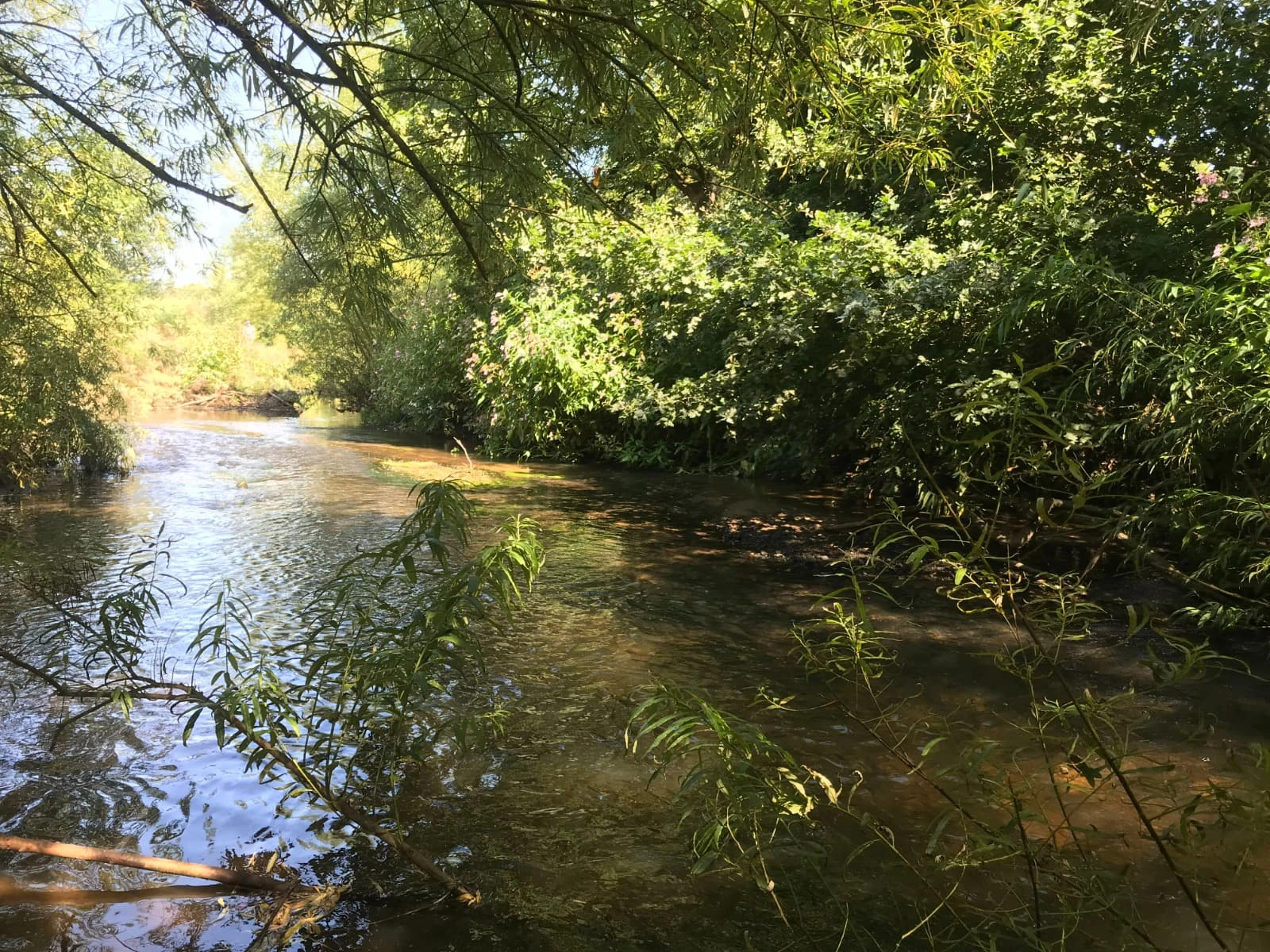Natural Flood Management (NFM) Hub
Natural flood management (NFM) uses natural processes to reduce the risk of flooding. These processes protect, restore, and mimic the natural functions of catchments, floodplains and the coast to slow and store water.
Benefits of Natural Flood Management

Reduce flood risk
Slow the flow of water through a catchment by storing water and reducing the flood peak.

Improve water quality
Reducing soil erosion means less sediment and nutrients end up in the river.

Create habitat
NFM measures provide diverse habitats including wetlands, woodlands, floodplains and sand dunes.

Carbon capture
Wetlands and woodlands are two of the most effective natural solutions for collecting and storing carbon from the atmosphere, helping to reduce the impacts of climate change.

Health and wellbeing
Improved access to blue/green spaces helps to connect people with nature for exercise, recreation or to relax.

Cost-effective
Nature based solutions such as leaky dams and tree planting are very low cost compared to hard engineered options.
Natural Flood Management Techniques

Leaky Dams
Woody debris in river channels and ditches to slow the flow of water downstream.
Learn More

Woodland Planting
Slows the flow, helps reduce sediment delivery to the watercourse and reduces bankside erosion.
Learn More


Soil Management
Improves infiltration, reducing soil erosion and improving water quality.
Learn More

Re-naturalising Rivers
Creating meanders and reconnecting to the floodplain to help slow and store water.
Learn More

Sand Dune Management
Improves the natural buffer helping to reduce coastal erosion and the risk of flooding from the sea.
Learn More
Recent NFM Projects







